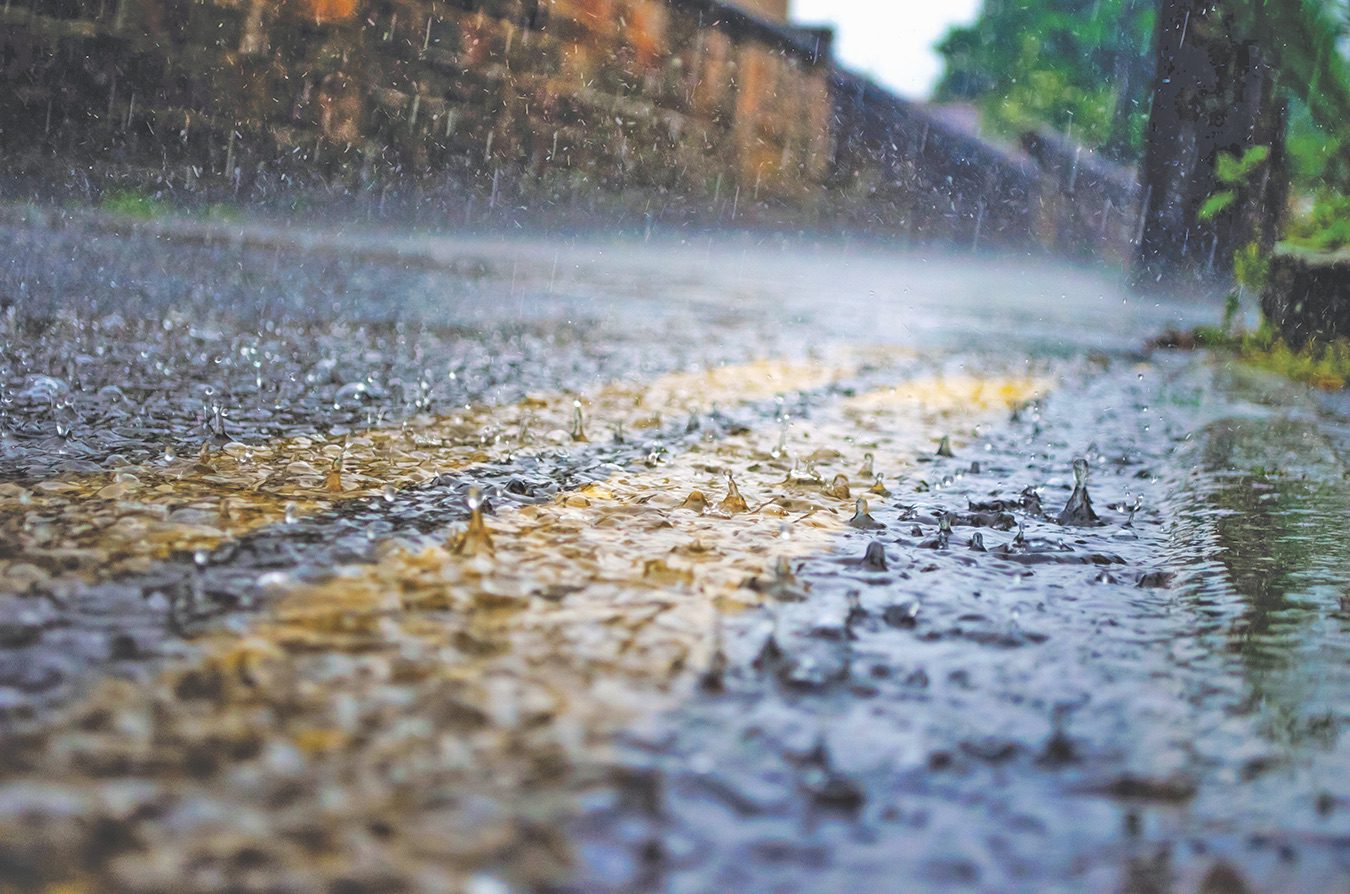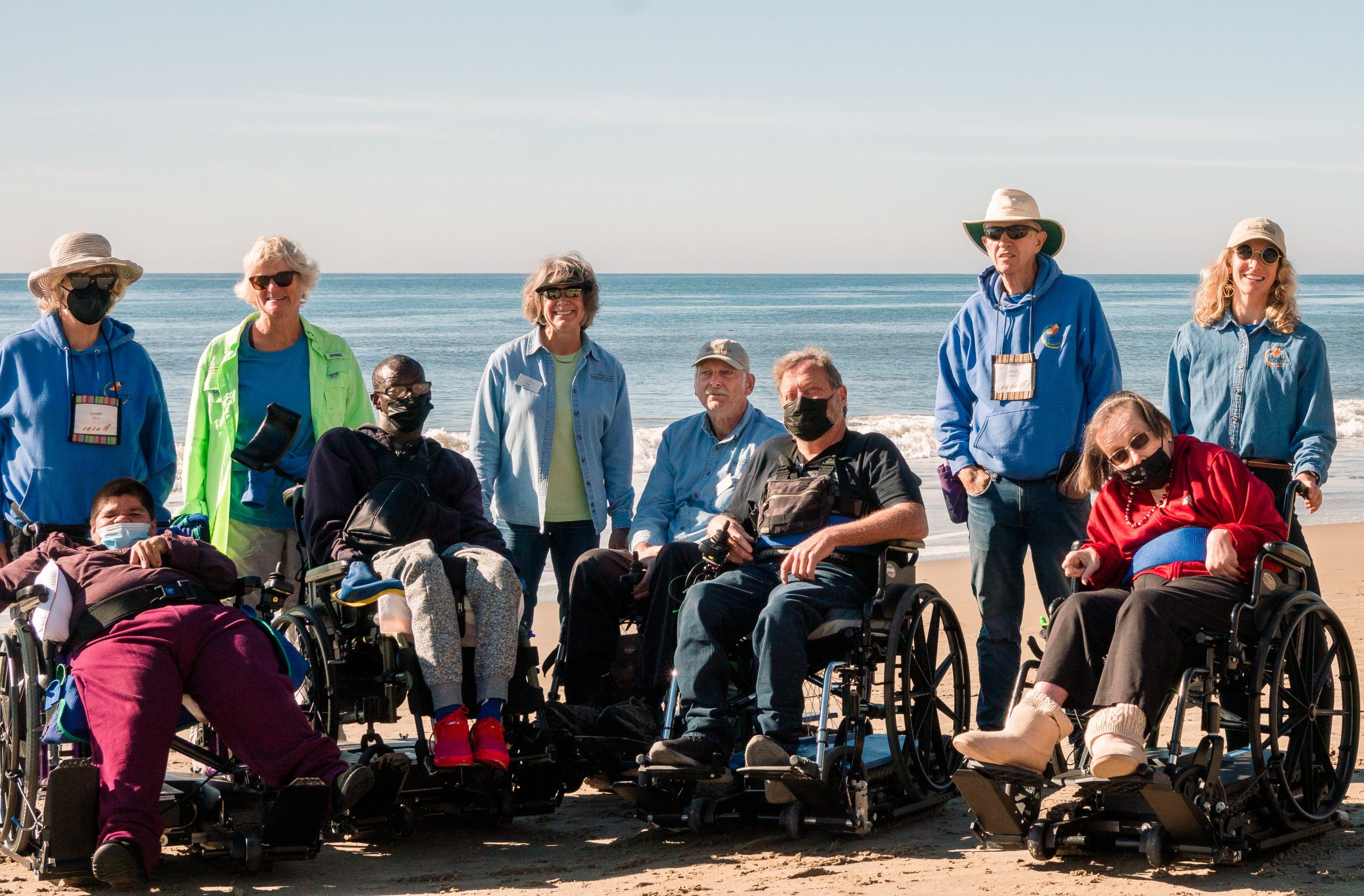By Cpt. Daniel Bertucceli
Santa Barbara County Fire Dept.
For the rainy season, the Santa Barbara County Fire Department would like to offer some tips on how you can be safe while driving in the rain.
If you are serious about driving in wet conditions, there are several things you can do to prepare your car:
– Make sure your wiper blades are like new and that they still have a sharp wiping edge.
– Clean your wiper blades by running a damp cloth along their edges from time to time to remove the buildup of oils and debris that the wipers have removed from the windshield.
– Clean the outside surface of your windshield and window glass. Then clean all of the inside glass. Use a commercial product or mix white vinegar and water to squirt onto the windows. Newspaper makes an excellent polishing rag for automotive glass. Just rub until the streaks are gone and the windows are crystal clear.
– If your windshield is heavily pitted, it might be time for a replacement. Nothing lets you see better than a new windshield.
– Make sure that your headlights and taillights are working properly and that their lenses are clean.
– Make sure your tires have sufficient tread and are inflated to the manufacturer’s specifications.
The way you drive can obviously have a significant impact on wet-weather safety. Be attentive to the situation around you, including what other drivers are doing and how they are reacting to conditions:
Slow down early, before you encounter a problem, and be aware that you have less grip available from your tires for stopping, steering and accelerating on wet pavement.
Remember: Even four-wheel drive and anti-lock brakes can’t change the laws of physics. Even a new tire can begin to hydroplane on wet surfaces, so watch your speed. If the steering begins to feel light and the car is splashing through deep puddles, gently reduce your throttle to allow the car to slow to a more manageable speed. Don’t lift the throttle abruptly or hit the brakes, since this could unsettle the tires’ grip on the wet surface.
Never drive your car through deep water on a flooded road. You simply cannot tell how deep the water is. It doesn’t take much water to disable your vehicle or even float it off the road surface. If you have any doubt about water depth, stop and go back the way you came. If you must drive through deep puddles, gently press the brake pedal one or two times afterward to help dry the brakes before you need to use them to stop the car.
Use the various speeds on your windshield wipers to help remove the amount of water that is hitting the windshield. This sounds simple, but some people forget that at higher road speeds you need the highest wiper speed.
Be aware of the spray coming from passing trucks and oncoming cars. It may blind you temporarily, so anticipate this by turning on or increasing the speed of your wipers and by looking at what’s happening to cars ahead of you.
If it begins to rain very lightly after a long dry spell, the water will mix with the oils on the road to produce a very slippery surface. Treat these conditions with great caution since even new tires won’t give much grip on this oil-and-water mixture.
Turn down the radio and turn off your cellphone. Driving in heavy rain demands much more of your attention than driving on dry roads.
If conditions become too intense, pull far off the road in a safe place to wait out the storm. If your car becomes disabled, pull as far off the road as possible, turn on your four-way flashers and call for help. Stay in your car.
The biggest factor in safer wet-weather driving is you and your judgment. When visibility drops and the roads become flooded, only you can tell if it is time to pull off and take a break. Sure, it may take you a bit longer to reach your destination, but in the end, the few minutes spent to be safe will be worth it.






